Paris Masters: The Year’s Final Tennis Spectacle, Where Curse and Glory Intertwine
Each year during late October to early November, as autumn deepens across the Northern Hemisphere, Paris’s AccorHotels Arena transforms into the center of attention for men’s tennis worldwide. As the final tournament of the ATP1000 Masters series, the Paris Masters embodies the players’ ultimate aspirations and hopes at the close of the season.
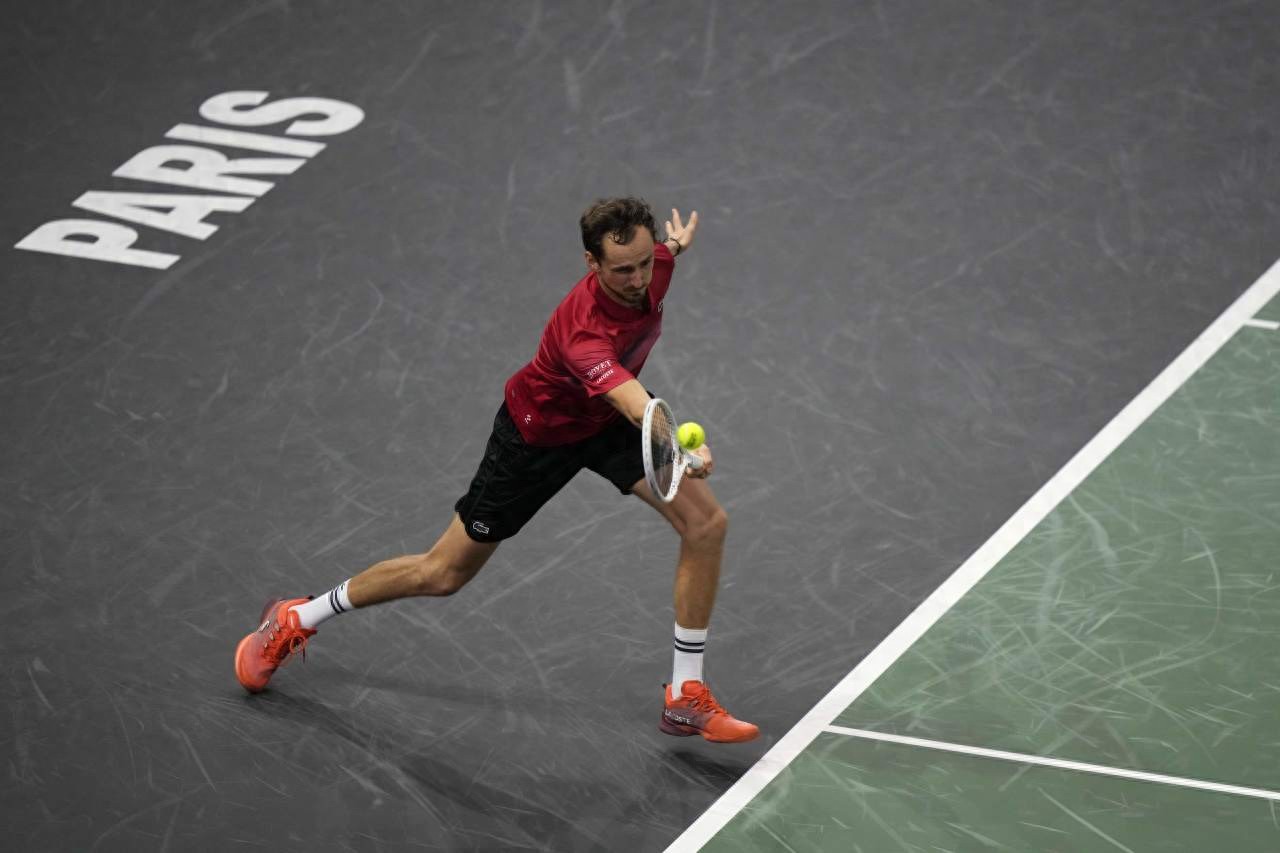
Established in 1968, this event is among the nine ATP1000 Masters tournaments and remains the sole Masters played on indoor hard courts. Transitioning from indoor carpet courts in its early years to indoor hard courts in 2007, the Paris Masters has consistently preserved its unique surface characteristics that promote an aggressive style of play. The tournament’s history mirrors the evolution of men’s professional tennis. Initially known as the “Paris Open” or often the “Paris Indoor,” it was held at the Pierre de Coubertin Stadium from the Open Era until 1982. A major turning point came in 1989 when it was elevated to one of the top-tier Grand Prix Super Series events. As the ATP Masters Series took shape in the 1990s, the Paris Masters secured its place as one of the nine premier Masters tournaments and the final ATP Masters event of the year.
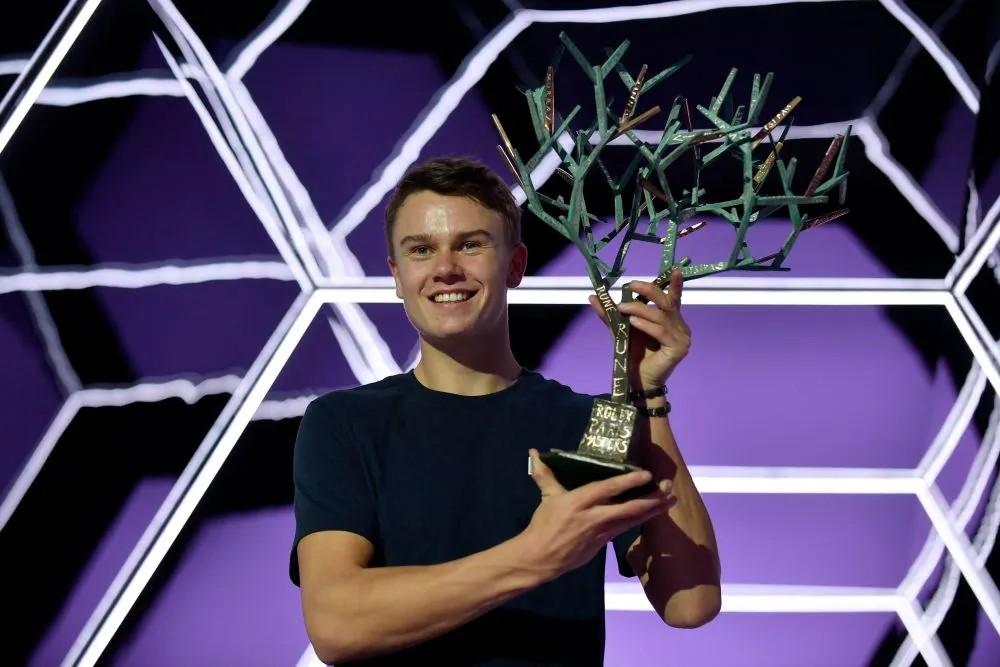
The tournament has undergone several name changes due to sponsorships. From 2003 to 2016, it was known as the BNP Paribas Masters, and since 2017, with Rolex as the title sponsor, it has been officially called the Rolex Paris Masters. One of the tournament's most notable features is its surface evolution. Until 2006, it was contested on indoor carpet courts, reputed to be among the fastest indoor surfaces globally. In 2007, a significant change was made, switching to indoor hard courts. This shift not only altered the pace of play but also redefined players’ preparation strategies. Despite the surface change, the Paris Masters retained its indoor setting—immune to weather conditions, with relatively fast ball speeds encouraging strong serving and offensive play. However, since 2011, reflecting a general slowdown trend on the tour, the court speed in Paris has been adjusted and is no longer as rapid as before.
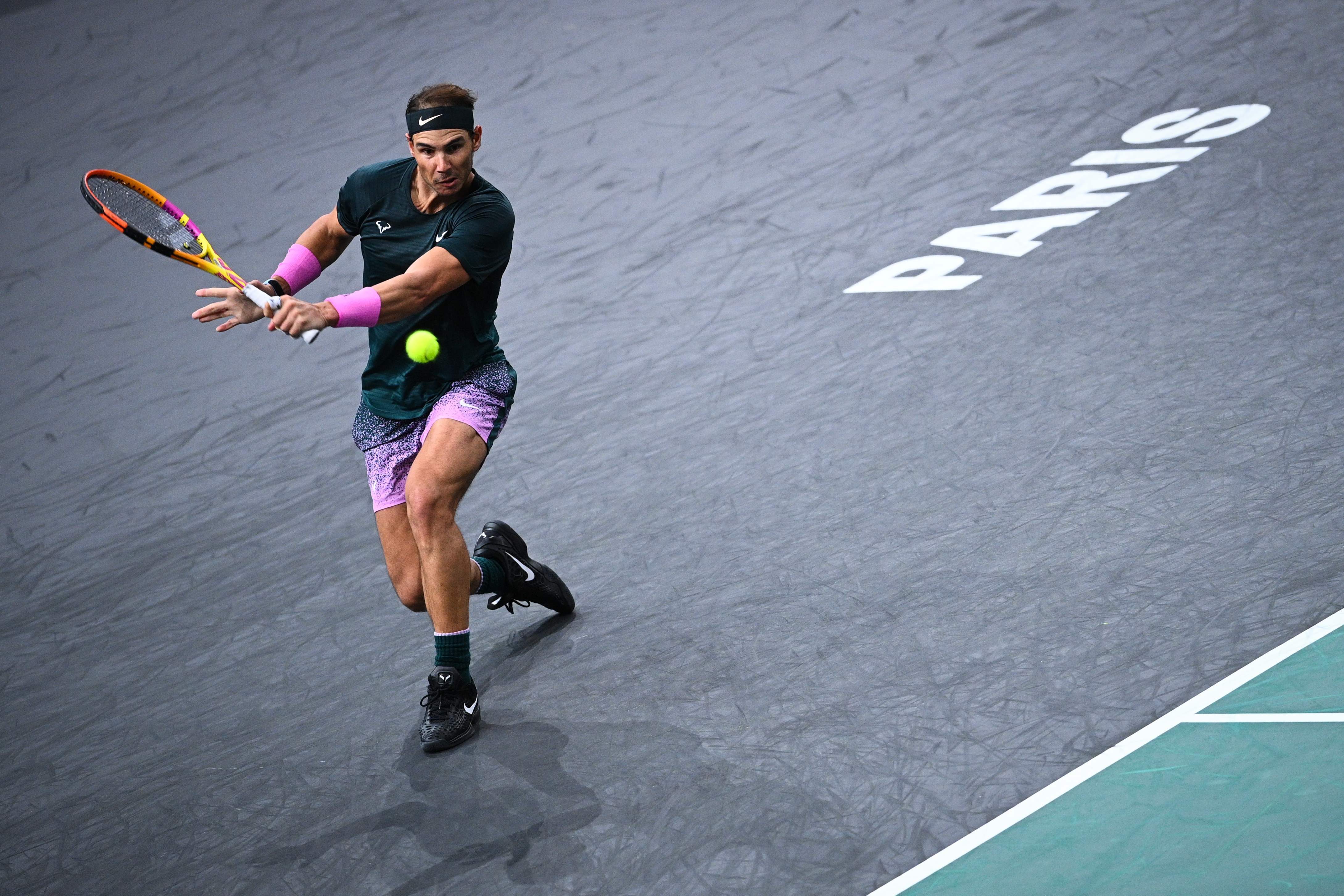
The Paris Masters is famously nicknamed the “Cursed Cup.” This nickname stems from a curious pattern: many champions of this event tend to underperform the following year. The 2017 winner, Jack Sock, exemplifies this curse. After winning in Paris, the American broke into the world’s top ten for the first time and secured a spot at that year’s London Finals, but his form sharply declined the next season, relegating him mostly to doubles. Similarly, 2018 champion Karen Khachanov experienced a steep drop after his Paris victory, contrasting starkly with the performances of his Russian peers. Only in recent years has he begun to regain form, reaching the semifinals of the US Open and Australian Open. The 2022 champion Holger Rune’s story is alike. The Danish rising star defeated Novak Djokovic with fearless determination, raising high expectations. Yet while contemporaries like Alcaraz and Sinner shared the Grand Slam titles in 2024, Rune has yet to reach a semifinal in any major tournament since.
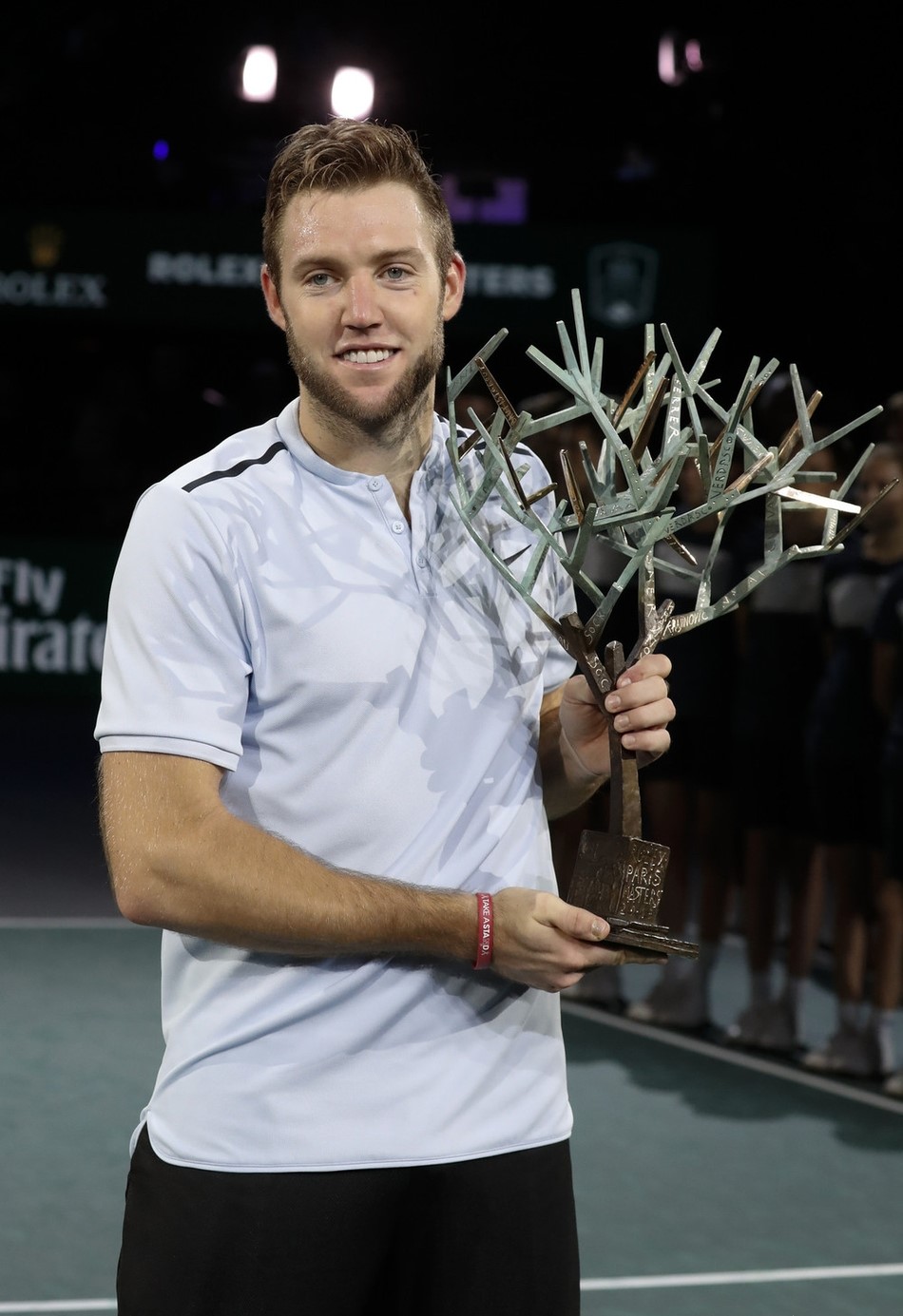
Why has the Paris Masters earned the reputation as the “Cursed Cup”? The key factor lies in the ATP’s packed schedule. As the final Masters event of the year, players are often exhausted after nearly ten months of competition. Giving their all at this stage can lead to physical and mental burnout, impacting their performance the following year. However, tennis legend Novak Djokovic seems to have broken this curse. The Serbian star has won the Paris Masters six times, making him the tournament’s most successful player. Djokovic is the only player to have successfully defended the title consecutively (2013-2015) and claimed it again in 2023 at age 36. His ability to avoid the “curse” likely stems from meticulous scheduling and exceptional physical management. Having rested since the US Open, Djokovic has resumed training selectively—this strategic participation enables him to maintain peak condition for crucial events.
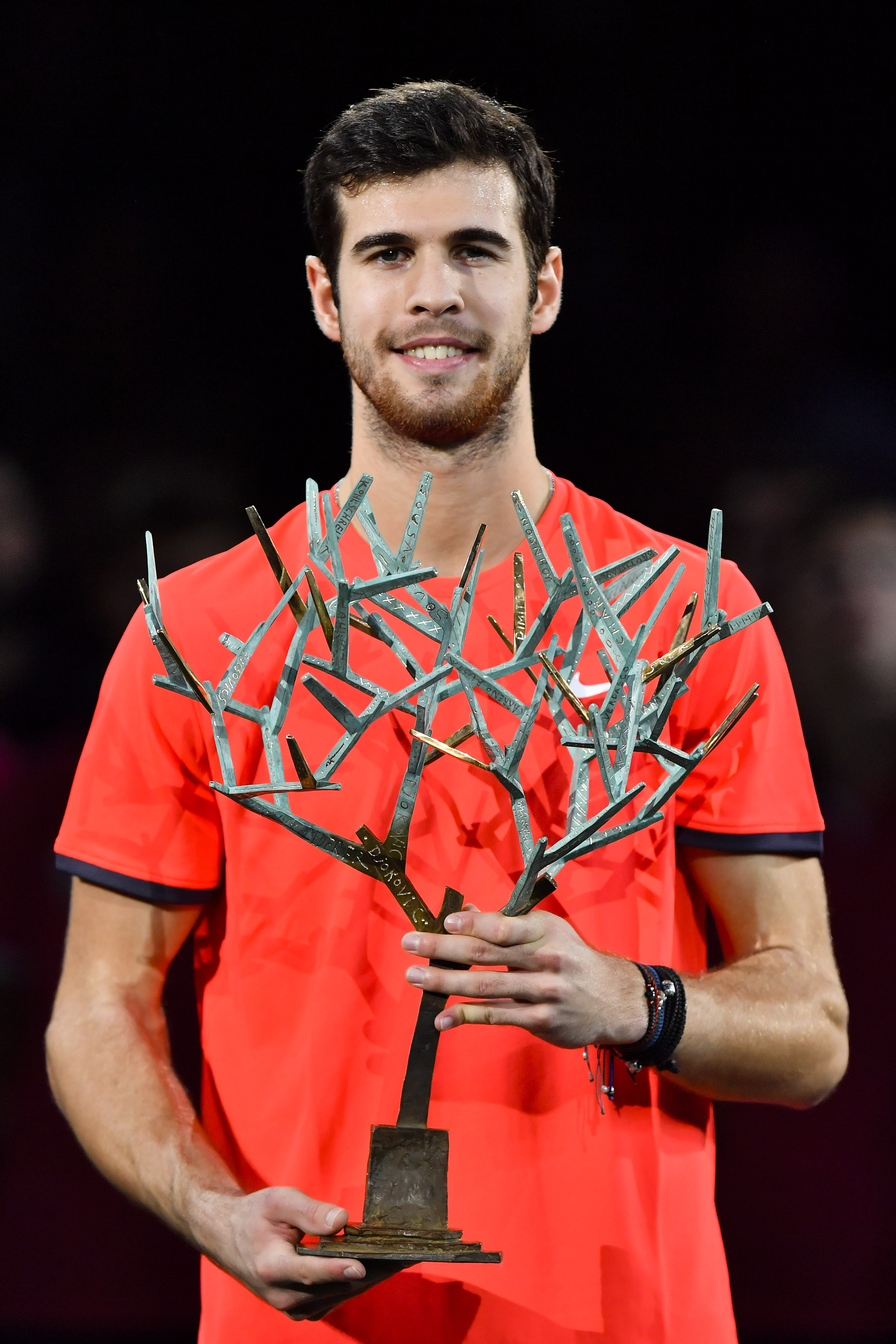
As the final warm-up before the ATP year-end finals, the Paris Masters holds an irreplaceable strategic role. At this time each year, the battle for spots in the year-end championships intensifies. In 2016, Andy Murray’s frantic point accumulation in Paris not only secured him the title but also propelled him to world No.1 for the first time, breaking the 12-year dominance of the “Big Three.” Reflecting on 2017, Jack Sock’s Paris victory allowed him to clinch the last spot at the London Finals and reach the top 10 in his career rankings for the first time. In 2023, once the quarterfinalists for the Paris Masters were decided, the eight qualifiers for the ATP Finals were also confirmed, highlighting this tournament’s crucial role in shaping the year-end lineup. For players yet to secure their Finals berth, the 1000 ranking points on offer at Paris are often their last chance to break into the Top 8.
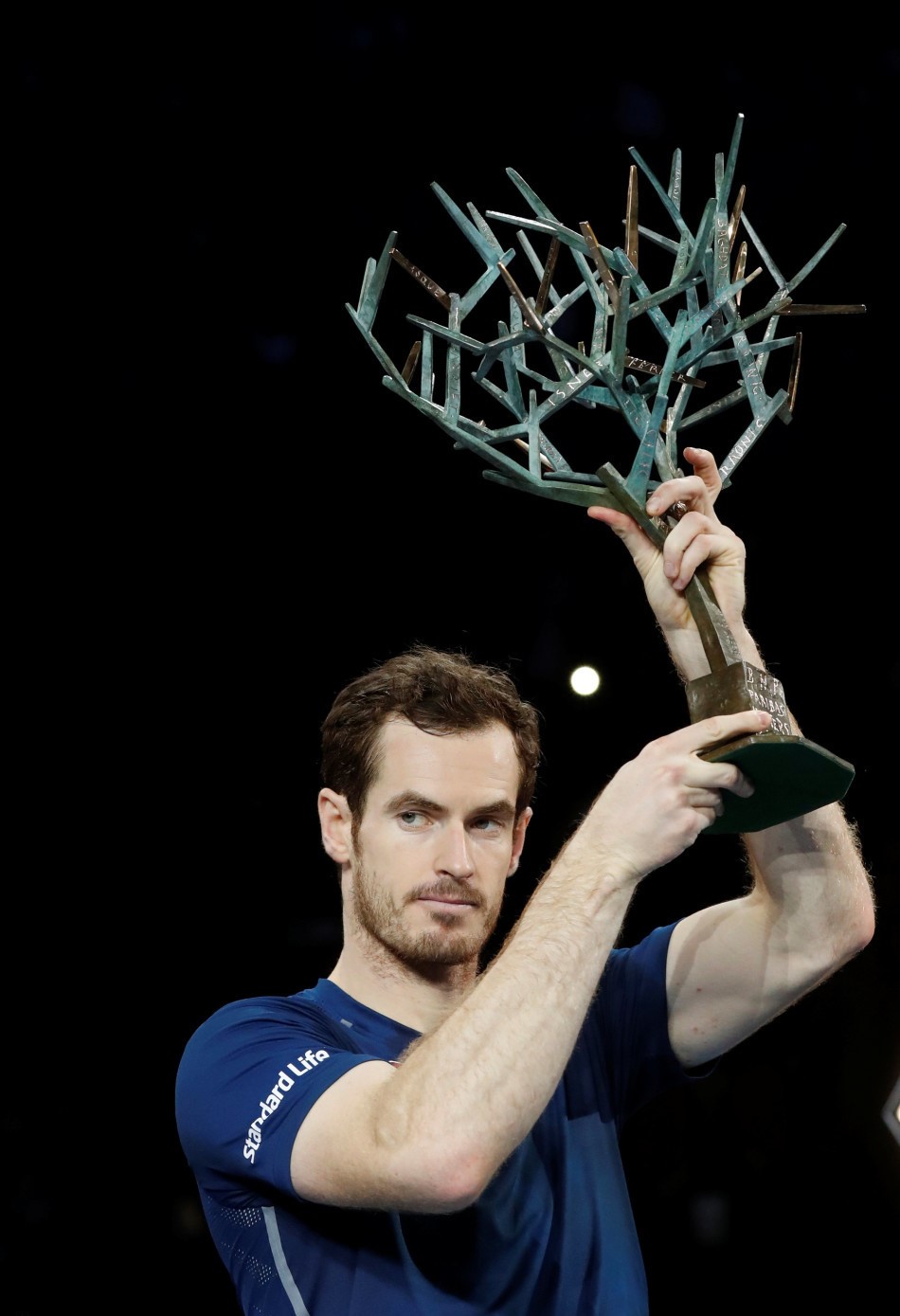
The indoor hard courts of Paris have witnessed countless dramatic moments: the rookie Rune defeating Djokovic; Dimitrov reaching a Masters final after six years; Murray’s 2016 triumph that led him to world No.1. Every player is well aware of the “Cursed Cup” legend but pursues the glory of this event relentlessly. Amid the long tennis season, the Paris Masters stands as the final hurdle before the season’s close and the ultimate stage for champions to prove themselves.(Source: Tennis Home, Author: Xiao Di)







 Links
Links
 Contact
Contact
 App
App


